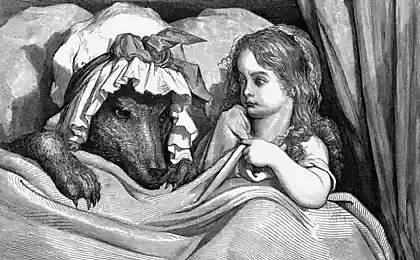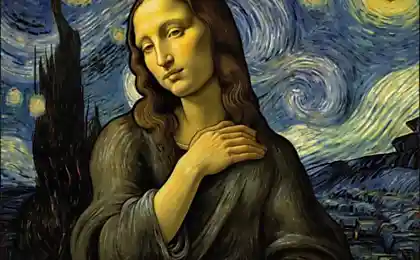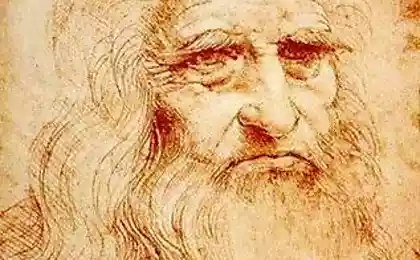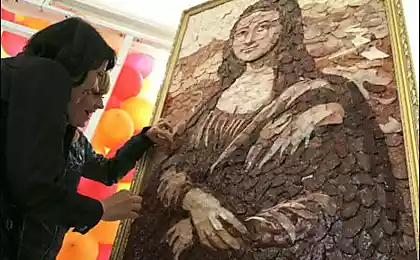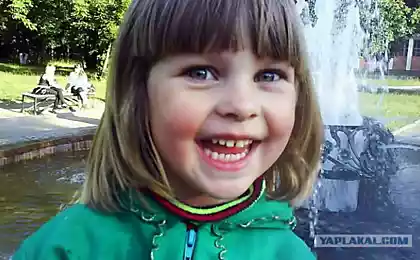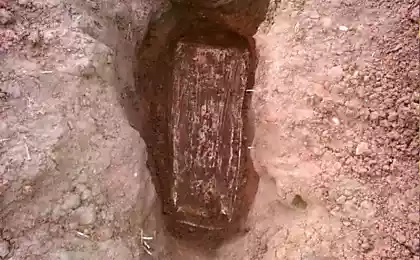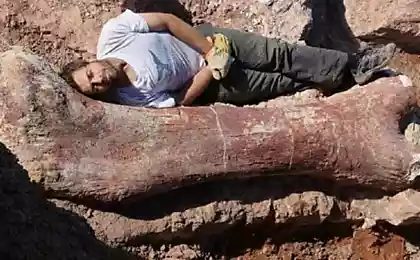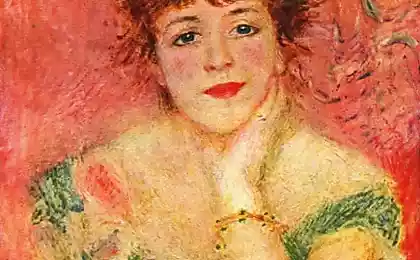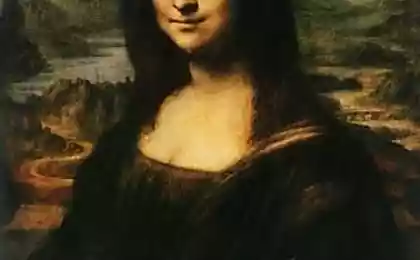1108
Archaeologists found the skeleton of the Mona Lisa
Archaeologists found the skeleton under the floor of the monastery in Florence, they are sure to have discovered the secret of the most famous paintings in the world - the Mona Lisa.
The skeleton belonged to Lisa Gherardini, the model posed for a mysterious masterpiece by Leonardo da Vinci, according to archaeologists.

Lisa Gherardini was the wife of a wealthy silk merchant, Francesco del Giocondo. In Italy the Mona Lisa is known as Dzhokonda.Bolshinstvo modern historians believe that the lady depicted in the film The Da Vinci was Lisa del Giocondo, who became a nun after her husband's death. She died in the convent July 15, 1542 at the age of 63 years.
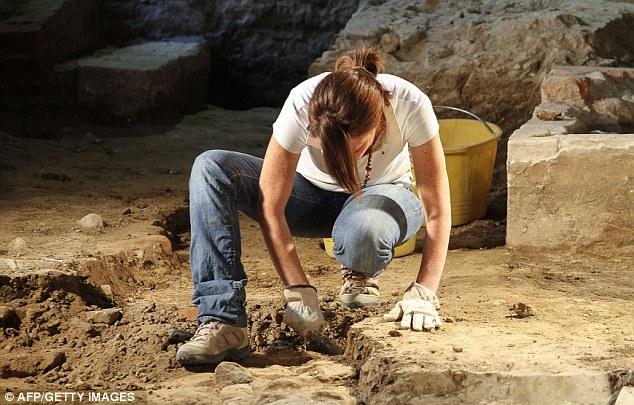
Archaeological expedition began excavations in the abandoned monastery of Saint Ursula last godu.Oni quickly found a crypt, which, in their opinion, was the final resting place of Lisa, and soon found the skull, the size owned zhenschine.Cherep was found five feet under the floor of the monastery together with other fragments of human ribs and vertebrae. The practice of burying the dead in religious buildings previously been widely used in the world, it is enough to recall the history of Kutna Hora ossuary - the most famous ossuary, where the bones are used as decor.
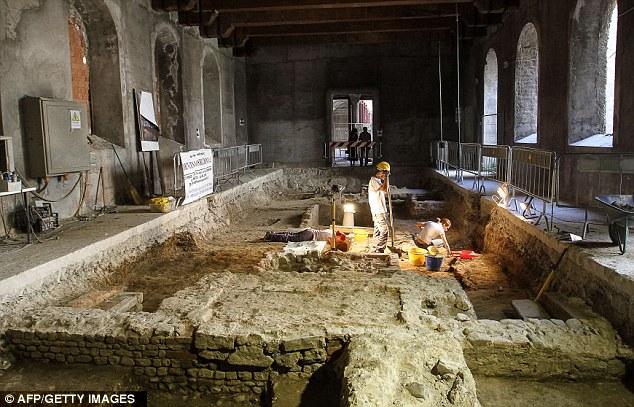
Then continuation of the excavations were not possible due to lack of funding, but in the past month, they resumed. This week has been found human skelet.Kosti will undergo tests to determine whether they correspond to the skull, found last year. The researchers then compared the DNA of bones with the remains of two children, Lisa, who were buried near.
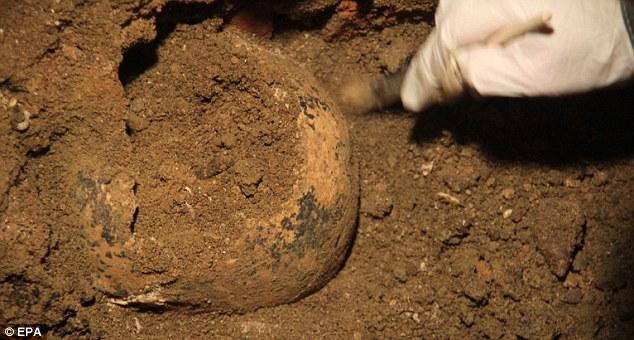
Once scientists have become convinced that the skeleton and skull belong to the model of the Florentine artist, they will try to reconstruct her face to compare with the 500-year-old version, written by Da Vinci - and perhaps once and for all solve the riddle of the Mona Lisa smile.
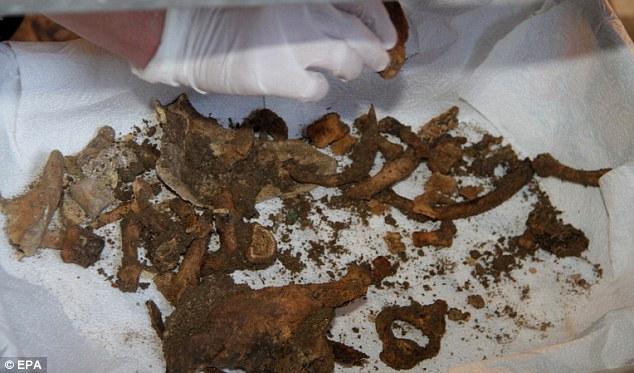
Mona Lisa - is so widely accepted picture of what is considered the most famous in the world. Da Vinci began writing it in 1503 or 1504, and finished it in 1519, shortly before his death, and after he moved to France.
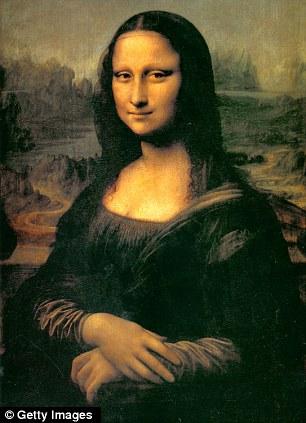
Source: www.terra-z.ru
The skeleton belonged to Lisa Gherardini, the model posed for a mysterious masterpiece by Leonardo da Vinci, according to archaeologists.

Lisa Gherardini was the wife of a wealthy silk merchant, Francesco del Giocondo. In Italy the Mona Lisa is known as Dzhokonda.Bolshinstvo modern historians believe that the lady depicted in the film The Da Vinci was Lisa del Giocondo, who became a nun after her husband's death. She died in the convent July 15, 1542 at the age of 63 years.

Archaeological expedition began excavations in the abandoned monastery of Saint Ursula last godu.Oni quickly found a crypt, which, in their opinion, was the final resting place of Lisa, and soon found the skull, the size owned zhenschine.Cherep was found five feet under the floor of the monastery together with other fragments of human ribs and vertebrae. The practice of burying the dead in religious buildings previously been widely used in the world, it is enough to recall the history of Kutna Hora ossuary - the most famous ossuary, where the bones are used as decor.

Then continuation of the excavations were not possible due to lack of funding, but in the past month, they resumed. This week has been found human skelet.Kosti will undergo tests to determine whether they correspond to the skull, found last year. The researchers then compared the DNA of bones with the remains of two children, Lisa, who were buried near.

Once scientists have become convinced that the skeleton and skull belong to the model of the Florentine artist, they will try to reconstruct her face to compare with the 500-year-old version, written by Da Vinci - and perhaps once and for all solve the riddle of the Mona Lisa smile.

Mona Lisa - is so widely accepted picture of what is considered the most famous in the world. Da Vinci began writing it in 1503 or 1504, and finished it in 1519, shortly before his death, and after he moved to France.

Source: www.terra-z.ru


